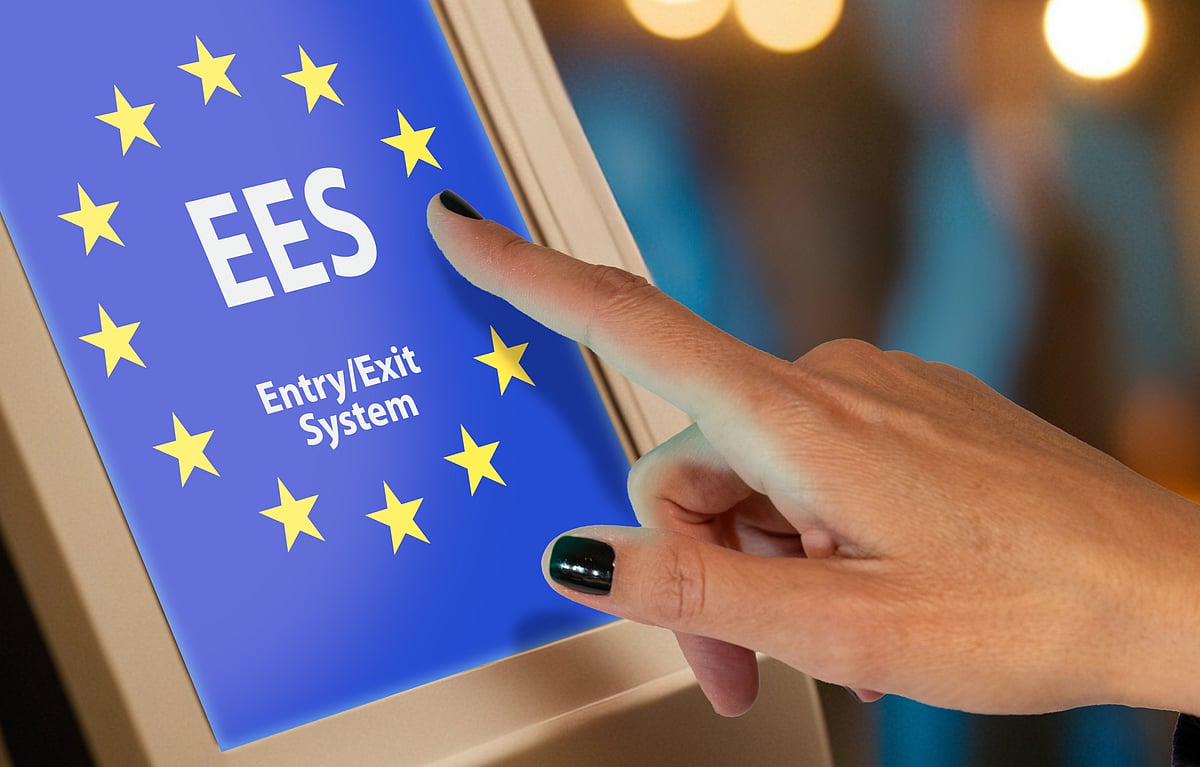UAE travellers: Your biometrics will make Schengen visa trips to Europe easier from next week
Starting October 12, new Europe border system will use biometrics to fast-track travellers

Dubai: If you’re planning a trip to Europe soon, your biometric passport is about to make life a lot easier.
From October 12, Schengen countries will start using a new Entry/Exit System (EES) — a digital upgrade that replaces old-school passport stamping with fast, automated biometric checks.
That means instead of waiting in long queues, you’ll soon be able to scan your passport and face the camera, and walk straight through border control in seconds. The new system uses your facial data and fingerprints to confirm your identity and record your entry and exit — no ink, no hassle.
So what’s changing next week?
Europe’s move to digital border checks is meant to make travel faster and more secure. Every traveller entering or leaving the Schengen Zone will now be logged automatically, including the date, place, and duration of stay.
The system will help track the 90-day travel limit that applies to most visitors, ensuring smoother compliance and fewer mistakes.
In short: say goodbye to passport stamps. Every trip will be digitally stored and verified.
Why UAE travellers will benefit
If you’re flying from the UAE, chances are you already have a biometric passport — almost all UAE passports now include a small chip on the cover. That chip carries your personal details, photo, and fingerprint data, allowing the new kiosks at European airports to identify you instantly.
For you, this means shorter lines and faster processing. No more waiting for manual checks when you arrive in Paris, Rome, or Zurich — your passport chip and a quick face scan will do the work.
If you’re a UAE resident with a nationality that still requires a Schengen visa, your fingerprints and facial photo are already stored from the visa process.
At the border, the system will only take a quick facial scan to confirm your identity. For visa-free UAE passport holders, fingerprints will be taken just once — the first time you travel after October 12 — and saved for future trips.
How it affects next Europe trip
The shift to biometrics isn’t just about tighter security — it’s about convenience. Once your data is in the system, crossing into any Schengen country will be faster and more predictable. The Entry/Exit System will be in place at airports, seaports, and land borders across Europe by 2026, connecting all countries under one system.
For regular travellers from the UAE — whether you’re visiting family, studying abroad, or escaping to Europe for the holidays — this change is a win. It cuts down border queues, reduces errors, and removes the guesswork around how many Schengen travel days you have left.
In simple terms: your face and fingerprints will do the talking.
Europe’s border checks are finally catching up with the digital age — and for UAE travellers, that means smoother trips and stress-free arrivals starting next week.
Sign up for the Daily Briefing
Get the latest news and updates straight to your inbox
Network Links
GN StoreDownload our app
© Al Nisr Publishing LLC 2025. All rights reserved.
